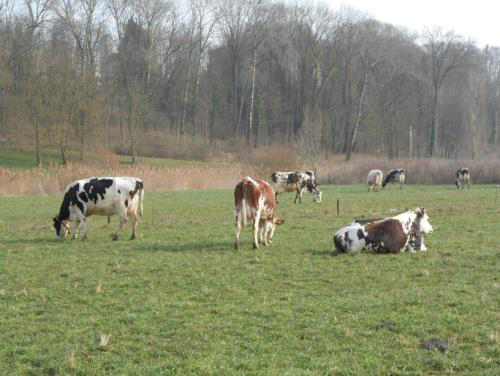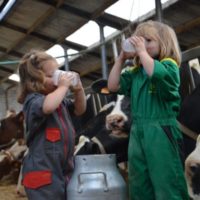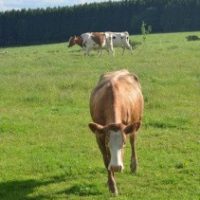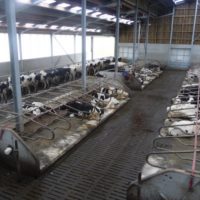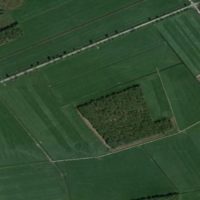Description
Until last year, temporary grassland of the farm of Pixérécourt were based on classical species : perenial ryegrass, dactyl, white and red clover…
But the last years have shown limits of these species, specially with summers more and more warm and dry.
Two new species are testing:
- The chicory
- The ribwort plantain
These two species have taproots, so they should have a better tolerance to drought and a better summer growth.
Seeding in 2016 for the first time, results are positive for the moment, with a good growth and good health effects (specially for winter grazing of ewe). The grazing management is more complicate because the chicory lose quickly his attractive for the cows. Results to be confirmed in the coming years.
Reason for the innovation
- Grazing during summer without penality for the regrowth
- Using species more tolerant to drought
Farm description
Environment
- Soils: Superficial clay and limestone and sandy-loam
- Climate: Oceanic to continental trend
- Altitude: 220m
Grassland management
- Grazing: Yes, cellular grazing
- Grazing 6 months a year
Structure
- Annual Work Unit: 2,5
- Agricultural area: 280 ha UAA
- Rangeland area: 140 ha
- Temporary grassland: 110 ha
- Permanent grassland: 20 ha
- No corn silage
- Breeds: 5 breeds crossing
- Stocking rate: 1,17 LU / ha of grassland
Animal performance
- Milk production per head: 5 300 L /year
Why it is working
Species choosen especially for their tolerance to drought and their adaptation to the soil and climate context of the farm.
